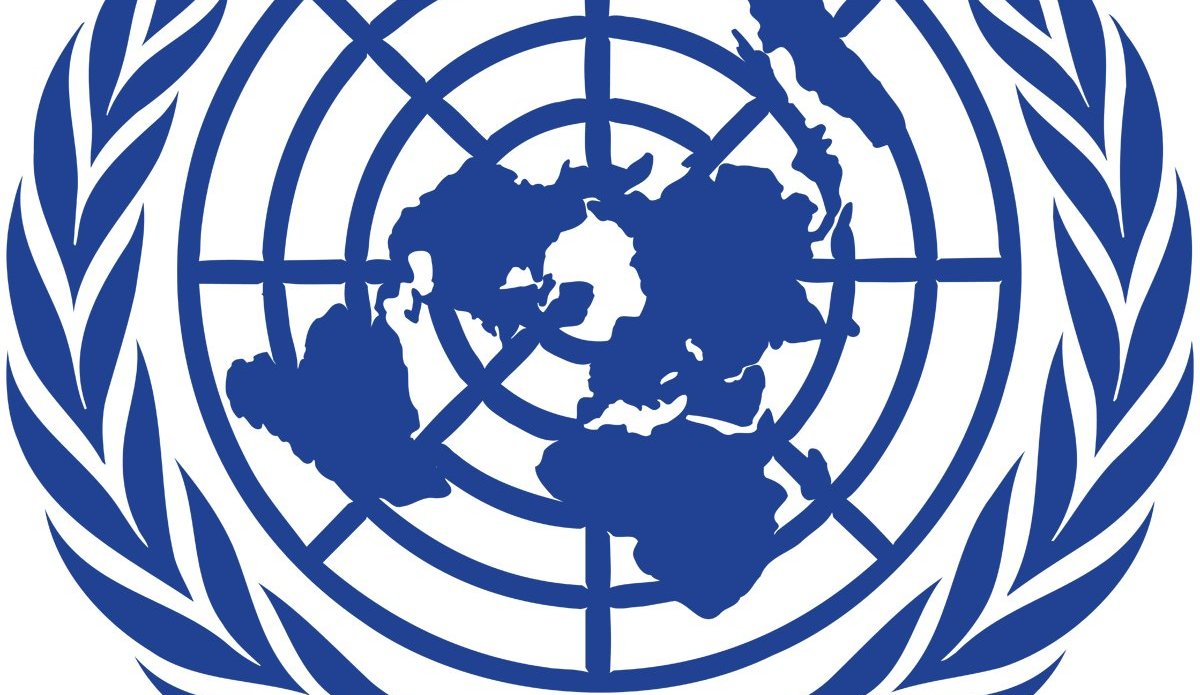Infrastructure in Afghanistan should knit the region together to generate economic growth
KABUL - The Special Representative of the Secretary-General, Kai Eide, this week in a meeting of the G8 on Afghanistan in Trieste, Italy, stressed the need for investment in large infrastructure projects in Afghanistan.
Such projects, he said would “connect the region together and stimulate economic growth.” He added that “today most of the economic growth stems from the influx of donor resources. We all know this is not sustainable. Afghanistan needs to generate its own wealth.”
He said that the development of infrastructure was “the most critical precondition for economic growth.”
Investments in transport infrastructure would “turn the country from being a barrier in the region to being a land bridge, enabling products to go from the east – from India and Pakistan through to Afghanistan and north or west.”
These would generate revenues for the Afghan state and trade efficiencies for the entire region, stimulating growth and employment. He noted that two railway lines were already being planned, one from the northern border to Torkham, and the other from Iran to the northeast. “What we are asking,” he informed donors, “is that you fill in the gaps.”
Transport infrastructure would also allow the country to develop its vast natural resources. “Afghanistan is a poor country, but it does not need to be poor.” Planned railway lines would run close to existing iron ore deposits, making their extraction economically feasible.
He also called for investment in the energy sector, noting that the extension of transmission lines from energy-surplus countries in Central Asia to Afghanistan and Pakistan, which need energy and would benefit the entire region. Increased electricity supply to Afghanistan would improve the quality of life of Afghans and stimulate economic growth.
“With additional transport and energy infrastructure, investments that are now economically unfeasible would become possible.” The future economic value of these projects means that they could be financed by loans as well as grants.
However, the Special Representative underlined that the development of such projects required “a more strategic perspective that looks to the long-term.” He added “we must stop looking for low-hanging fruit” in making decisions on projects and move beyond a “quick impact mindset”. “We must look at where are the strategic resources of Afghanistan and where are the most promising centres of growth.”
“Investment in large projects that can drive sustainable economic development in Afghanistan and the region will deliver returns, economic and political, in both the short and the long-term,” he concluded.
The meeting in Trieste on 25 and 26 June was focused on Afghanistan and its regional dimension. It gathered the foreign ministers of the G8 as well as of Afghanistan, Pakistan, other countries in the region and Afghanistan’s development partners.
 UN
UN







